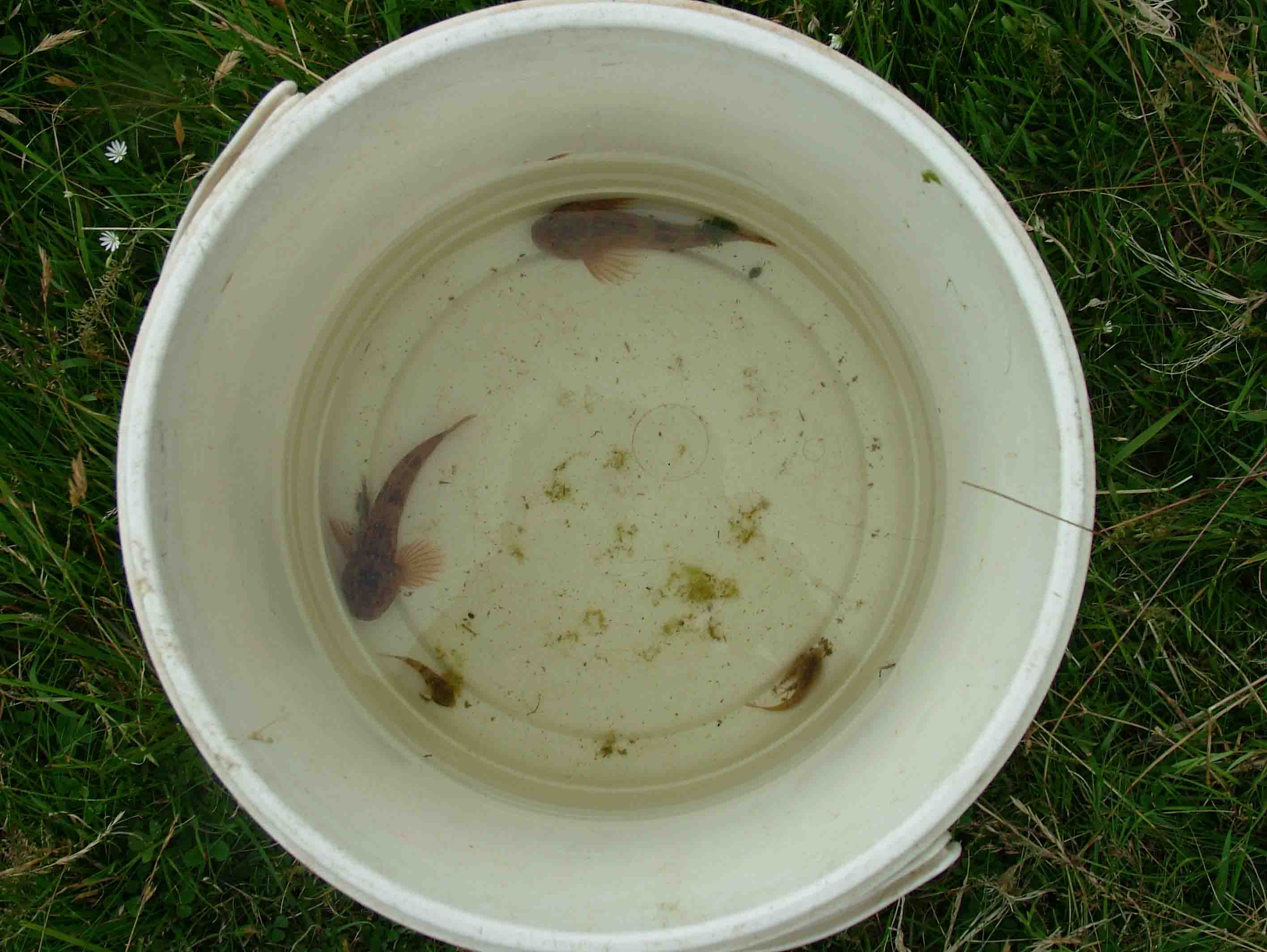Tweed Catchment Biosecurity Plan
The Tweed Biosecurity Plan describes the biosecurity issues of the Tweed and Eye Catchments and presents actions for the prevention, early detection, control and mitigation of the introduction and spread of selected non native species (NNS), fish diseases and parasites.
Non Native Species
Non native species (NNS) are defined as animals and plants that have been moved outside of their natural range by human action, whether intentional or not. This definition is consistent with the Wildlife and Environment (Scotland) Act (2011). A list of aquatic and riparian species, derived from both the Water Framework Directive UK Technical Advisory Group’s "high impact species" list and from the concerns of local stakeholders is presented in Section 4 of this plan - it also includes marine species that can impact the coastal zone. This species list is not fixed and can be expanded as required.
The aim of this plan is:
‘To further develop a practical framework to prevent, detect, control and eradicate specified non-native species within the Tweed catchment through coordinated data collection, management, liaison, and education’.
The Tweed Catchment Biosecurity Plan can be viewed here.
Anglers and others using the water can help prevent the spread of unwanted species by following three simple steps: Check, Clean, Dry.
